Why is email marketing so important for your business? Simply put, it’s the most cost effective form of marketing there is on the planet.
According to Entrepreneur.com, email marketing returns an average of $44.25 for every $1 spent. Imagine having a slot machine that gives you $44.25 for every $1 you put into it.
Also, keep in mind that, according to Sumo.com, 55% of customers don’t even check their emails regularly, which means:
- Fewer signups
- Less social media sharing/promoting of your message/brand
- Lower attendance rates for what should have been your six-figure webinar
- Fewer click-throughs from your sales emails
- Fewer sales.
So what does this all mean?
It means that even though only half of email recipients check their email regularly email marketing is still insanely profitable, and there is a lot of room to improve.
Use these 23 email open rate strategies and you can be sure to get the maximum open rates for your email, and explode your sales in the process.
What is a good open rate?
This will vary greatly depending on your industry.
For example, arts/artists & hobbies brands saw open rates as high as 27 & 28%+, respectively, and ecommerce brands saw open rates within 16-17%.
Thankfully, MailChimp has put together an easy-to-read industry average open rate table so you can figure out your target average in seconds. Click here to find your industry average email open rate.
Now that you have a solid benchmark to work with, let’s figure out your open rate up to this point.
How to calculate your open rate

Winners track their numbers. In order for you to understand where you stand with your audience you need to see what percentage of your subscribers are actually reading your emails.
Thankfully, the math is simple:
Emails opened…
÷ Number of emails sent…
– Number of emails that bounced
= Your Open Rate.
Most email providers crunch the numbers for you automatically, but it’s good to understand what the numbers mean before going forward, so you’re not flying blind.
So now that you have your industry average open rate, and you know exactly what your email open rate is, now you can take steps to skyrocket your open rates, your click-throughs, and ultimately your sales.
How to Improve Your Email Open Rate
01. Keep Your List Fresh
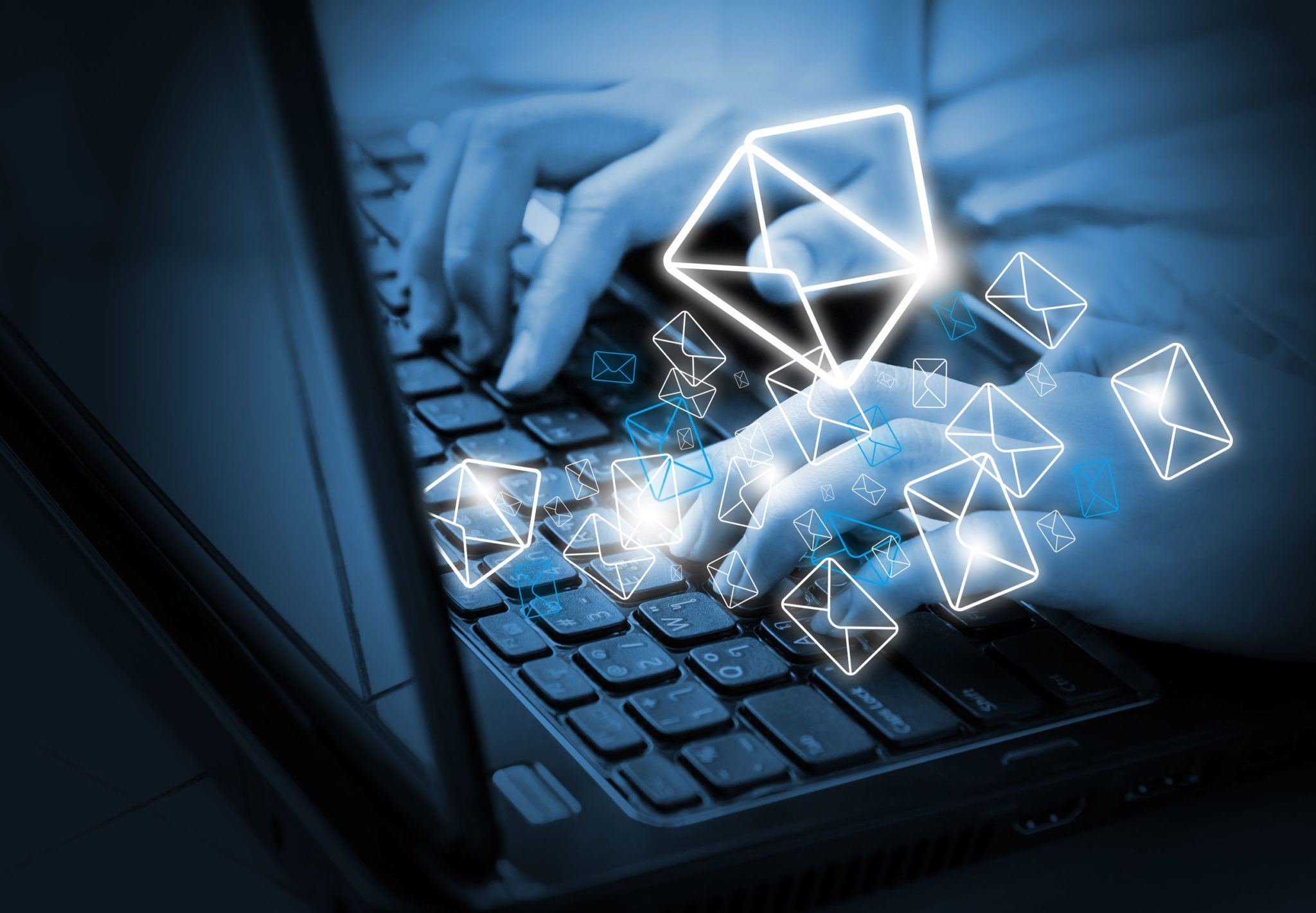
It’s important to email your subscribers consistently so your list doesn’t go stale. Out of sight, out of mind.
However, even when you do this your list can still go stale. However, there are some ways you can jumpstart your list’s re-engagement:
Ask Your Subscribers If They Want to Update Their Preferences
This lets your subscribers know that they can take control with how they can engage with you.
Conduct A Survey
If your list has grown cold (or if you want to simply encourage subscriber feedback; this is good at any stage, really) send out a survey. Send them a free gift (a gift card or coupon code, for example) as a thank-you for taking the survey.
Cut The Dead Weight
Keep in mind that email service providers charge you based on the number of subscribers you have, so you want to be sure that you’re only paying to send your messages to people to actually want to hear from you.
To keep your list filled with engaged subscribers, make sure you remove your inactive subscribers from time to time. This means removing people who haven’t engaged with your emails in 6 months or more.
Before removing them, though, send a last ditch effort to win them back and re-engage them.
Be sure to use catchy subject lines like: “Is the love gone?”, It Isn’t You, It’s Me” or “Do You Hate Me?”
If they don’t engage after this, it’s time to cut the dead weight and move on.
02. Segment Your List to Send Your Messages to the Right People

Your subscribers want to hear from you if you have a message that is relevant to them. The best way to ensure that you automatically send the most relevant messages to each one of your subscribers at all times is to segment your list.
You can start by adding tags to your subscribers based on browsing or purchase behavior. When someone becomes a paying customer, you would send them different emails than you would send to a virtual window shopper.
You can send your subscribers laser-targeted emails based on a number of behaviors, such as
- The products they purchased
- Demographics
- Specific interests
- How they got on your email in the first place (specific lead magnets for different markets)
- Where they are in the buyer’s journey
Once you have these segments, it is much easier to know what subject lines and messages to write to entice your subscribers to open and engage with your email marketing campaigns.
03. Avoid Spam Filters
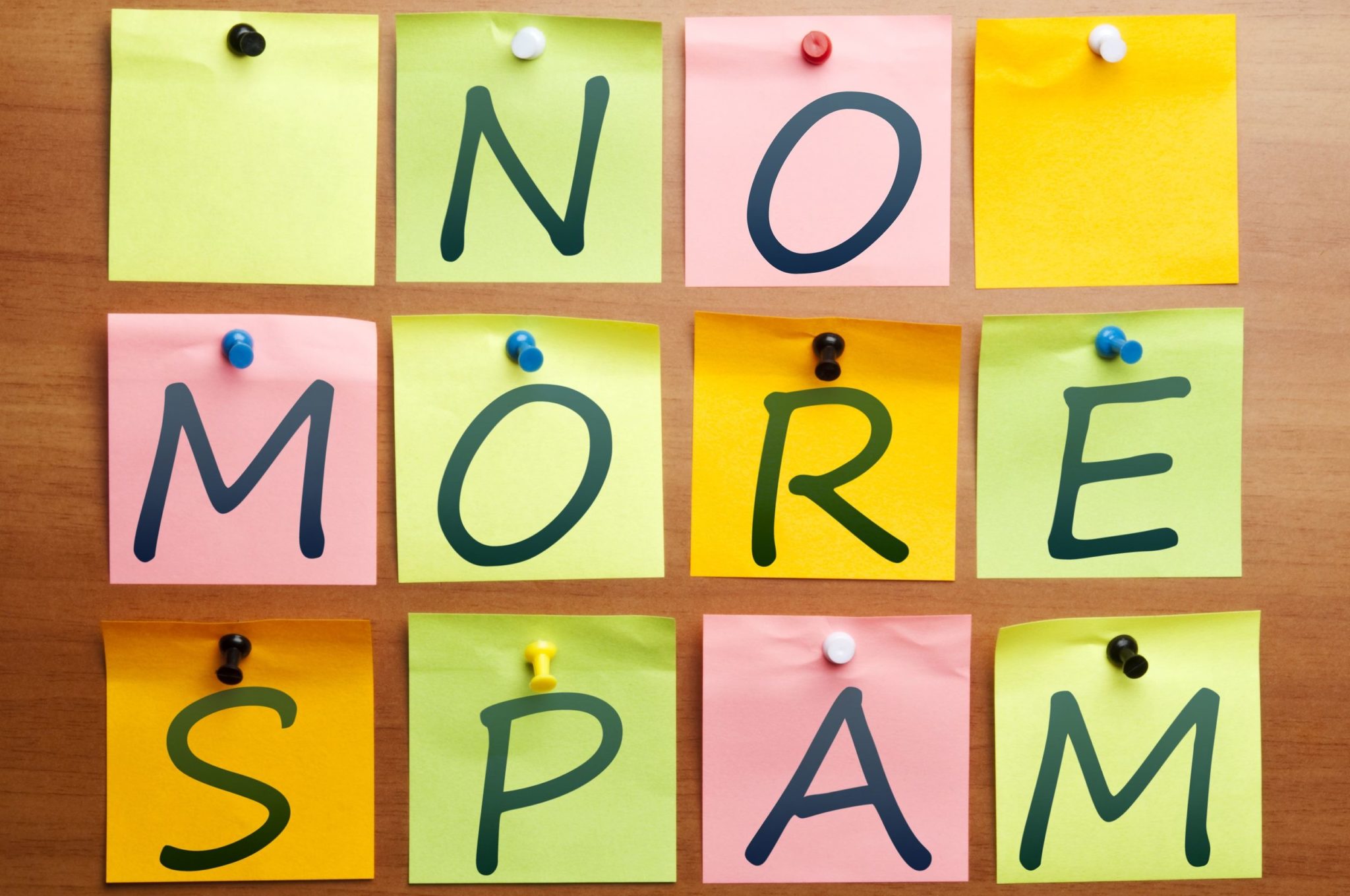
Even the best crafted emails can get snagged in spam filters and never see the light of day. If you want to maximize the reach of your email campaigns, you need to do everything possible to keep your emails from being flagged as spam.
Here are some best practices that will help keep your emails out of the dreaded spam folder
- Make sure your recipients actually opted in to receive your content.
- Send your campaign from a good IP address, meaning that IP address hasn’t been used to send spam in the past.
- Send your emails through verified domains.
- Keep your messages and code as clean as possible.
- Use merge tags to personalize the “To:” field of your campaign.
- Avoid these salesy words in your subject line, as they’ll almost certainly trigger spam filters: “confirm”, “features”, “upgrade”, “free”, “help”, “percent off”, “reminder”, “cash”, “quote”, “save”, “sale”, “rich”, “deal”, “buy”, “clearance”, “discount”
- Show subscribers how to whitelist your emails and add you to their address book.
- Never use “bait and switch” tactics that use deceptive subject lines.
- Include your physical business address
- Include an easy way for subscribers to opt out of your emails.
04. Perfect Your Email Timing for YOUR Audience!
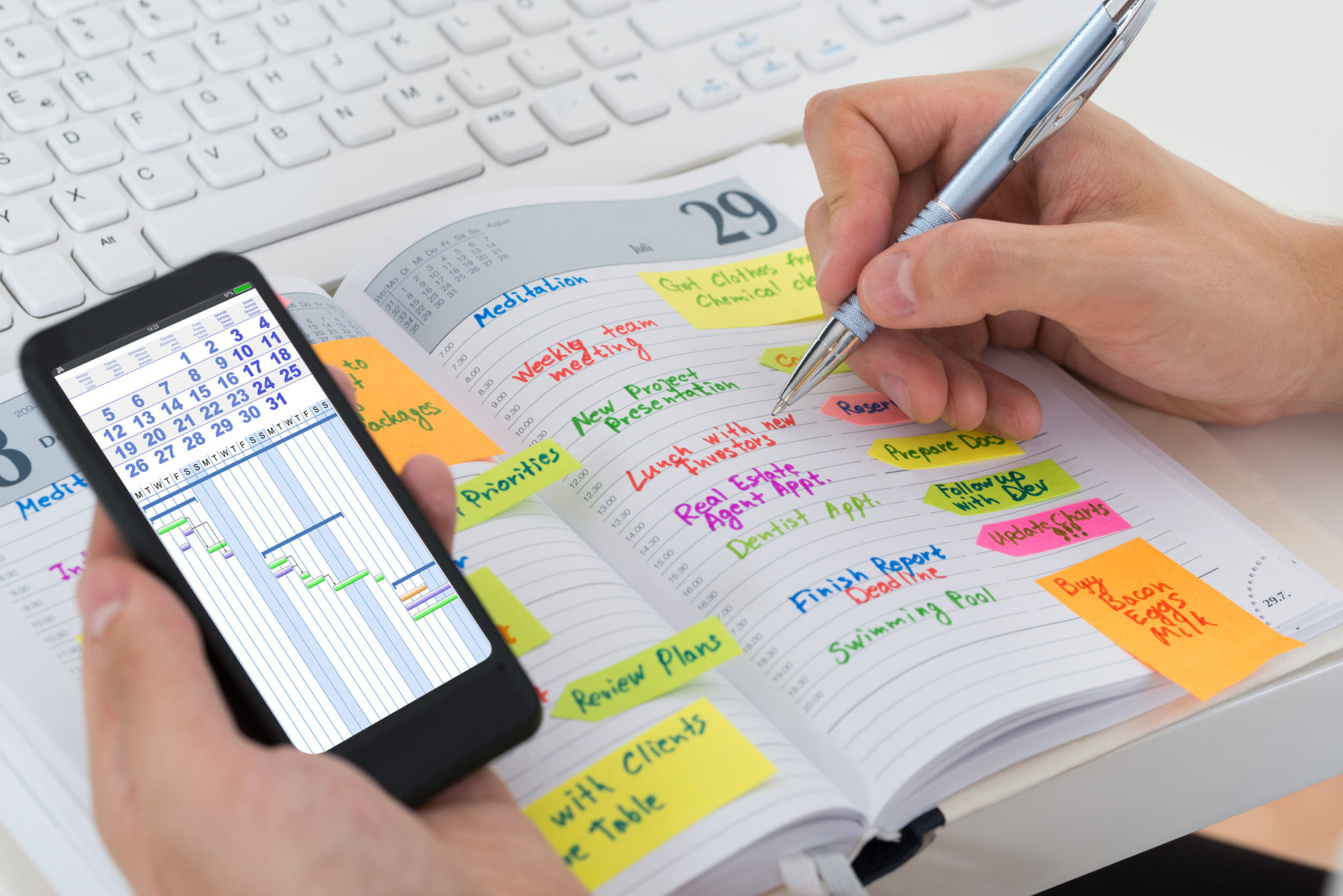
This one topic could easily warrant a complete article on its own.
This topic of the perfect time to send your email can get overly complicated, as various tests are done for different industries, which emails are opened at different times of the day, and even times of the day where if you send your message at this time it spikes your unsubscribe rate!
The reality is there is no universal magic time to send an email; if everyone used that time then it would take days (or less) for it to suddenly become the worst time to send an email.
There are, however, some trends that are consistent across industries:
- Email open rates tend to drop on weekends
- Emails sent Tuesday through Thursday get the best open rates (but will also compete with the highest volume of emails sent)
- Early morning and late night emails have some interesting levels of engagement
There are some questions you can ask yourself to figure out the best time for your audience:
- What are they doing in the morning, afternoon, and evening?
- What does their workday look like?
- How late do they stay up at night?
- How early do they wake up in the morning?
The only way to find the best time to send emails to your audience is to test a variety of day/time combinations until you find a winner.
05. Make Your Subject Line Stand Out

Subject lines are the very first thing your subscribers see, and is therefore the most important part of your email. With that in mind, you are also competing with an avalanche of competition, so you’ll have to get creative to catch your subscribers’ collective eye.
Here are some tips for making creative subject lines:
- Entice curiosity, but don’t try to be too clever. Make them curious enough to open, but don’t get so carried away that you end up being so cryptic that the subscriber doesn’t have a clue what you’re talking about.
- Insert numbers. Something about numbers draws the eye.
- Use a fun, joking, or conversational tone.
- Speak in the language and style that your subscribers use themselves, especially when talking with their friends.
- Use a negative headline every now and again (a la tabloid or Buzzfeed; this is a little clickbaity, so don’t overdo it)
06. Write to Just One Person

It’s easy to fall into the trap of thinking about the thousands of people that will see your message and craft your messages for that massive audience, but your message will be far more effective when you make your message as personal as possible.
In order to do this you need to understand your audience. You need to know their problems, their values, their likes, their dislikes, and their desires. If you’re having trouble figuring this out you can send out a survey, or even an email asking for a quick 5 minute chat.
On this survey or call you can ask questions that will help you understand what your subscribers needs are, and how they think. This will help not only in your messaging, but also with creating or improving your products and services.
Lastly, if you capture people’s first names in your email capture forms, be sure to include the recipient’s name in the subject line whenever you can fit it in.
07. Write Like a Friend (Don’t be too formal)

Simply put, if you were sharing something cool in a Facebook message to your friend, how would you phrase the message?
Would you put something like: “We’re offering 15% savings to our customers!”? Probably not.
A better way to phrase that would be something along the lines of “You’ve gotta check this out…”
This gives the email a more personal touch, which makes it less likely that your subscribers will delete your message and move on. If you appeal to them on a more personal level, you stand a better chance of getting your emails open and read.
08. Write Amazing Content, Every Time

The content inside your email is critical for the open rates of future emails. If your subscribers are happy with your content, they’re more likely to open your emails, and may even begin to eagerly await your new emails.
On the other hand, if your subscribers don’t like your content, they probably won’t open your emails again, and may even unsubscribe.
To keep your subscribers happy, link to incredibly valuable resources, like a free eBook, an epic blog post, a webinar, anything that will give tons of value to your subscribers. The higher the value of every email you write, the more loyal your subscribers will become, and your open rates will increase.
09. Inject Some Humor

Humor is a great way of making a strong, instant connection with people. It’s personal, it’s entertaining, and it sticks out in people’s minds.
But what if you aren’t that funny? It isn’t easy to be clever and funny at all times, and it gets tougher when you try to fit said humor into the constraints of an email subject line.
Thankfully you don’t need to be a professional comedian to pull off a humorous email. The biggest key to pulling humor off is to intimately understand your subscribers. If you know their likes and dislikes, it will be way easier to pull off a joke or humorous reference.
A great, safe way to inject humor is to find a funny animated GIF and repurpose it to fit your message.
10. Remember Your Mobile Users
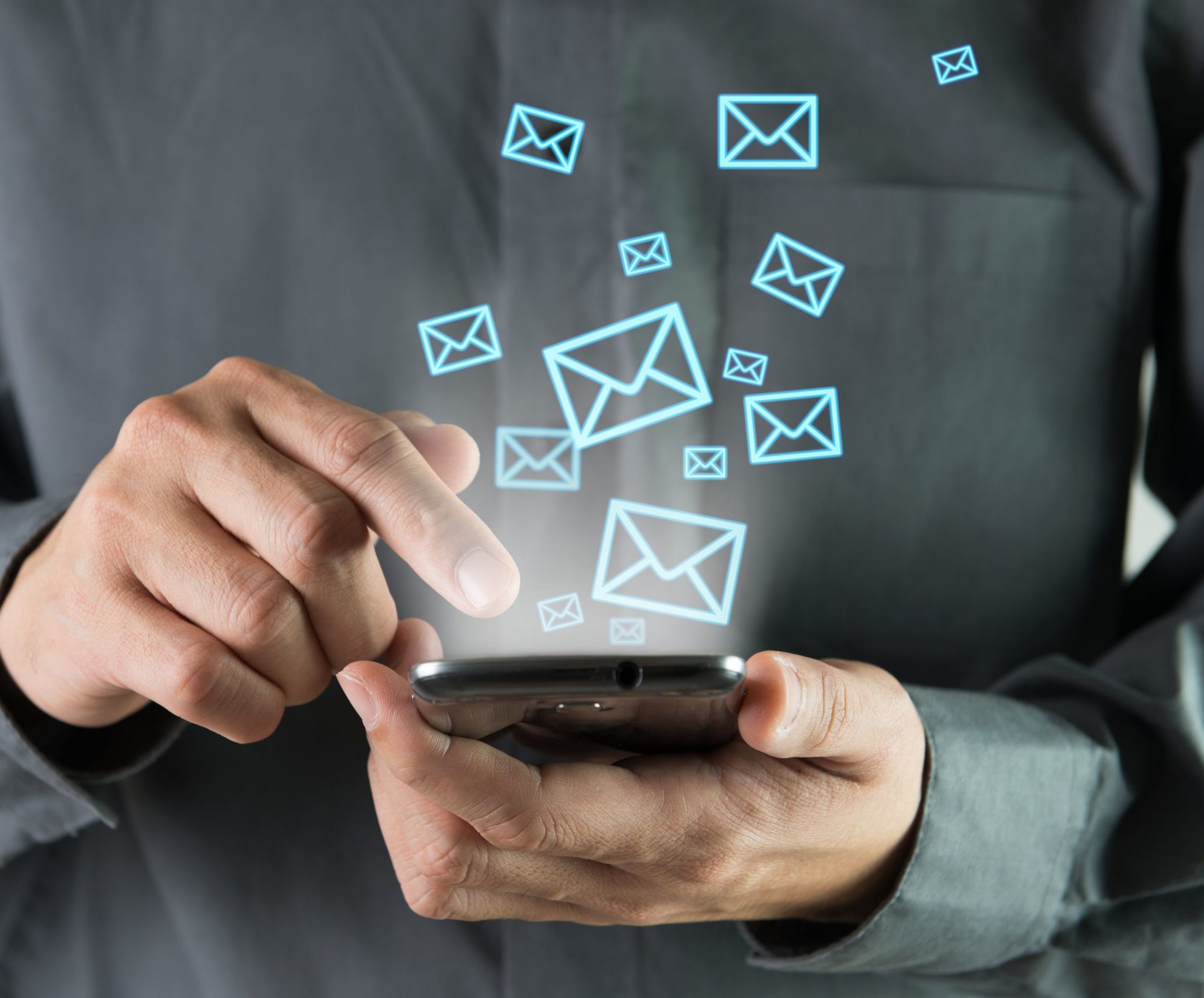
Today, approximately 66% of all emails are opened on smartphones. Obviously, that is an audience that is way too big to ignore.
There are some changes you will have to make to your message to ensure that your emails will work properly on a smartphone screen. Here are some of those adjustments:
- Make sure your email works with responsive formatting and will load on a mobile screen.
- Make your subject lines no more than 25 characters (or they’ll get cut off in the mi…)
- Keep the formatting simple (single column) under 600px wide.
- Use a larger font. Small fonts are a nightmare to read on smaller screens.
- Android turns images off by default, so make sure your message looks good without them.
- Use smaller images to reduce load time.
- Use a large call-to-action button, as they’re easier to tap with a thumb.
- Place 2 links separately from one another. This will keep your reader from tapping the wrong link on accident.
11. Ask Subscribers to Whitelist Your Messages

We mentioned spam filters earlier in this article. They are usually a blessing to keep obvious junk out of your inbox, but they’re still a work in progress. This means that even your most compliant messages run the risk of being caught up in an overzealous spam filter.
The best way to solve this is to guide your subscribers to whitelist your messages so they end up in their actual inbox. Set up a page that you redirect your new subscriber to, and on it have easy-to-follow instructions (visual guides are strongly recommended here) to whitelist your messages.
Once you’re whitelisted, your emails have VIP status in your new subscribers’ inbox.
12. Ensure You’re Collecting High-Quality Emails
Collecting bad email addresses is a disaster for your open rates.
There are 3 issues you’ll have to deal with here:
- People signing up with fake email addresses just to get a freebie you’re promoting.
- Email accounts get changed and the old one goes dormant without you knowing it.
- If you’re collecting handwritten email addresses (at an event you’re hosting, for example) you get email addresses that are completely illegible – one mistake in a letter or number and your emails gets sent either to the digital abyss or into someone else’s account (where it will most likely get marked as spam).
Thankfully, there are ways to fix these situations:
A good place to start is to look at your dashboard in your email service provider. The figures you want to look for are “soft bounce” and “hard bounce”.
Hard bounces happen with email addresses attached to companies or domain names, former teenie-boppers, or obvious fake emails. Delete these immediately.
Soft bounces are a little bit tricky to deal with. The email address is most likely valid even though your message can’t be delivered. The recipient’s mailbox could be full or their email provider’s server may have been down.
Most email providers have the option of resending emails at a later time when the encounter a soft bounce. While this is good in the case of server issues, if an email address is getting consistently marked as a soft bounce, resending it won’t help. It will eventually get flagged as a hard bounce anyway, so you can then deal with it accordingly.
Both hard and soft bounces are indicators of the quality of your list. The more you see them, the sooner you should cut ties with those emails for good.
It is always better to have a clean list (even if it means fewer subscribers) targeted specifically to your loyal fans.
You can avoid having this problem in the first place by having subscribers confirm that they’ve opted in by using a double opt-in.
13. Have Your Emails Come From the “Right” Name for Your Brand

Whether you should use your brand’s name or the name of a person (whether it’s from you or a team member), the “right” name to use for your emails depends on the type of business you’re running.
If you’re a solopreneur, then using your name for your emails is strongly recommended. It will feel more like your subscribers are receiving a message from a friend.
If, however, you are running a company brand, this approach wouldn’t make a lot of sense. They won’t recognise the name and will trash your message instantly. Here you want to use the company brand name if the subscriber hasn’t had any exposure to an individual’s name up to the point of subscribing to the list.
You can also run a hybrid method of using both your (or a team member’s) first name followed by the company name (abbreviated if necessary). This is a good way to make a company branded email feel a little more personal.
Regardless of which direction you go with this, make sure the name on your email makes sense for your business.
14. Train Your Subscribers to Anticipate Your Emails

In the same way you want to give new subscribers a heads-up to whitelist your messages, you also want to give them a heads-up about how often you’ll be reaching out to them. It will also help if you mention the specific days and times you’ll send those messages.
You can use a message that’s short and sweet, like this example:
Welcome!
Thank you for subscribing to the Weekly Habits emails… I hope you find them valuable.
I normally only send 1-3 articles per week, but in the next week I’ll also send you four of my favorite articles from the archives. I hope you enjoy them!
I’m glad to connect with you.
[NAME] [BUSINESS/WEBSITE NAME]
This will help your subscribers anticipate your emails and even prompt them to scan their junk folders.
15. Strike While the Iron’s Hot With an Email Sequence

Now that your new subscribers know what to expect from you, you’re now ready to start delivering high quality content (if you aren’t already).
The most efficient way to do this is through an email sequence.
When your subscribers first sign up, they’re super excited. In this stage they are considered “hot leads.” This is when your subscribers are the most engaged. Keep them that way with a high-quality email sequence.
This powerful step sets the tone for your new relationship with your reader. It establishes trust and builds authority.
One good email sequence example is a daily training series that send one new lesson each day that gets your reader one step closer to solving their problem. By offering your subscribers valuable (and free) advice at the start, they’ll be happy they’re getting the help they need right away. This virtually guarantees that your readers open your emails as soon as they land in their inbox.
On the reverse side, if you don’t create an automated email follow-up sequence, your readers may lose their interest and ignore future emails, hurting your open rate.
16. Generate Buzz Around Your Products

Entice readers with a sneak peak of what’s to come by adding a simple P.S. line at the bottom of your emails. When you give your readers a heads-up like this, they’ll be more likely to pay attention to what’s coming through their inbox.
By generating buzz here, you’ll have readers excited to open your emails before they’re even sent. This means higher open rates and more engagement.
17. Use “Double Opens”
We mentioned this strategy briefly, but it’s valuable enough to cover again.
Essentially, you resend your message to subscribers who didn’t open it the first time one week after the first one launches. The only item you change in the second email is the subject line.
Many email providers have this feature included, so you have no excuse to start using it immediately.
18. Use These Subject Line Hacks (but don’t overdo it…)
If you’re feeling creative, use subject lines with song lyrics or movie titles in them. According to Retention Science subject lines with movie titles and song lyrics have an average open rate of 26%.
Also, by analyzing billions of emails sent and opened, Dan Zarella of Hubspot found out which words to use in the subject line. The most clicked-on words appeared to be: “Secrets” “e-sales”, “awesome”, and “video”.
19. Avoid These Words/Actions
There are also some specific words and symbols you’ll want to avoid in the subject line.
The words “report”, “webinar”, superlatives like “perfect”, “good”, etc., as well as emails that include a question mark (?) or a hashtag (#) have been seen to decrease open rates.
20. Use These Preheader Tweaks
When you see an email in your inbox, the subject line and accompanying text that fill up that line are known as the preheader. The length varies by email client (and device).
To use the preheader to your advantage, you want to make sure that your subject line is using a maximum of 50 characters.
Make sure the subject line flows logically into the first lines of the email. You want everything to tell a story and prompt your reader to want to know more. Use calls to action to trigger this response.
21. Make a Long-Term Content Investment

Bad content is one of the top reasons people unsubscribe from emails. Just because you get them through the door doesn’t mean they’re guaranteed to stick around. The content they see when they open your email has to be worth their time and not a bait and switch.
Investing in good content is a must. On the surface, the business benefits lead to brand loyalty and increased referral business. Also, the more often people open your emails, the higher they’ll rank in that person’s inbox.
22. Use Numbered Lists

People like reading numbered lists because they can easily skim the headers and quickly consume the content in seconds.
But the ones that catch your readers’ eyes keep them reading for longer and thus help you achieve your desired outcome: their attention.
Everyone’s brains function this way. We’re hardwired to like organization systems and knowing the length of something before we start reading.
Most importantly, the information we get from numbered list messages or articles are more easily retained.
23. NEVER Buy Leads

Buying leads are a great way to not just set your money on fire, but also to drop a nuke on your open rates. Purchased leads have no idea who you are, they don’t care about your emails, and almost none of them will ever open them, period.
You need subscribers who are actually interested in your business and have a reason to listen to you. If not, then your email marketing efforts won’t be very effective.
You want to build your list organically. Offering a high-quality freebie or running a contest in exchange for an email address are great ways of building that list.
Bringing It All Together
You need to boost your open rates to make more money in your business, but it can be easy to get overwhelmed with what to do first.
Don’t try to do all of these suggestions at once. Test what you’ve learned here at a steady pace. Give yourself some room to experiment, and see which tactics work best for your business and your subscribers.
Do you have a tip that belongs on this list that we missed? Share your best strategies for increasing open rates in the comments section below.
P.S. Are you using your email marketing methods to their fullest potential? Take our email marketing quiz to find out.


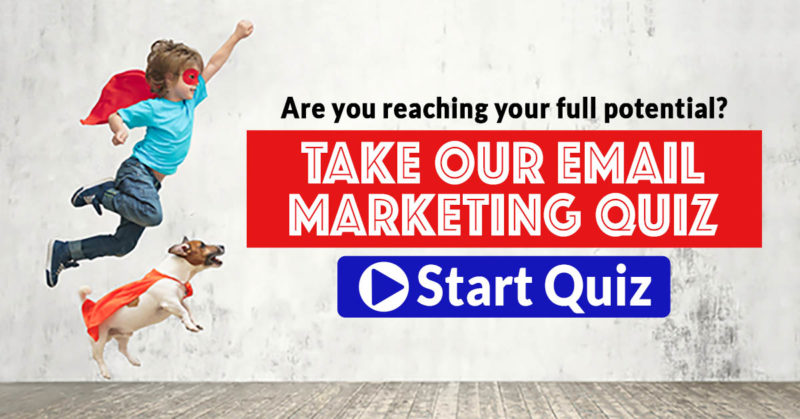



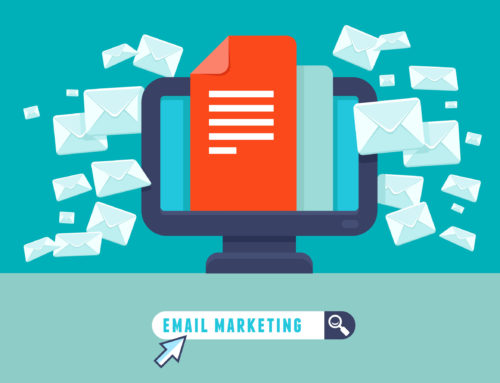
Leave A Comment